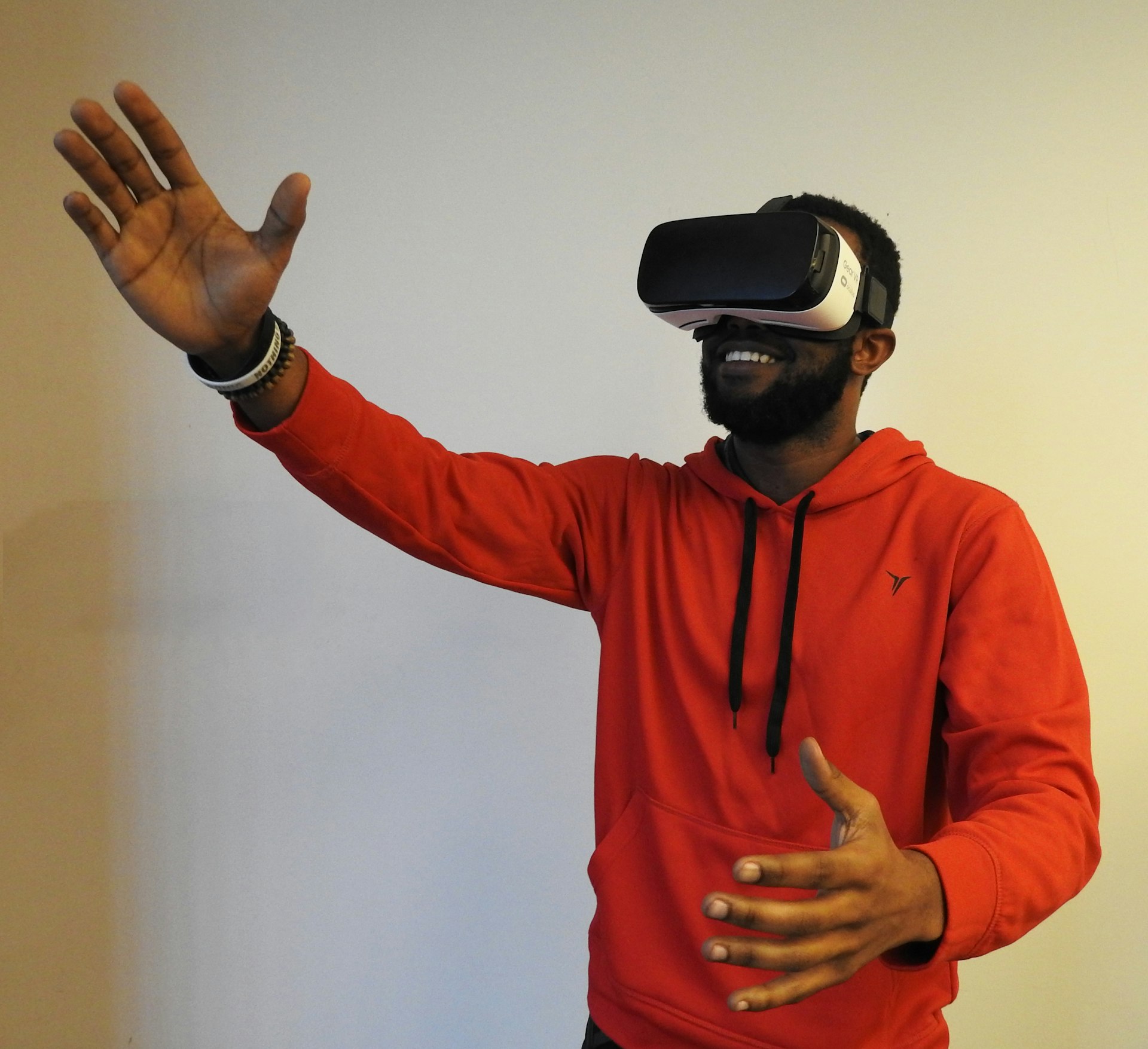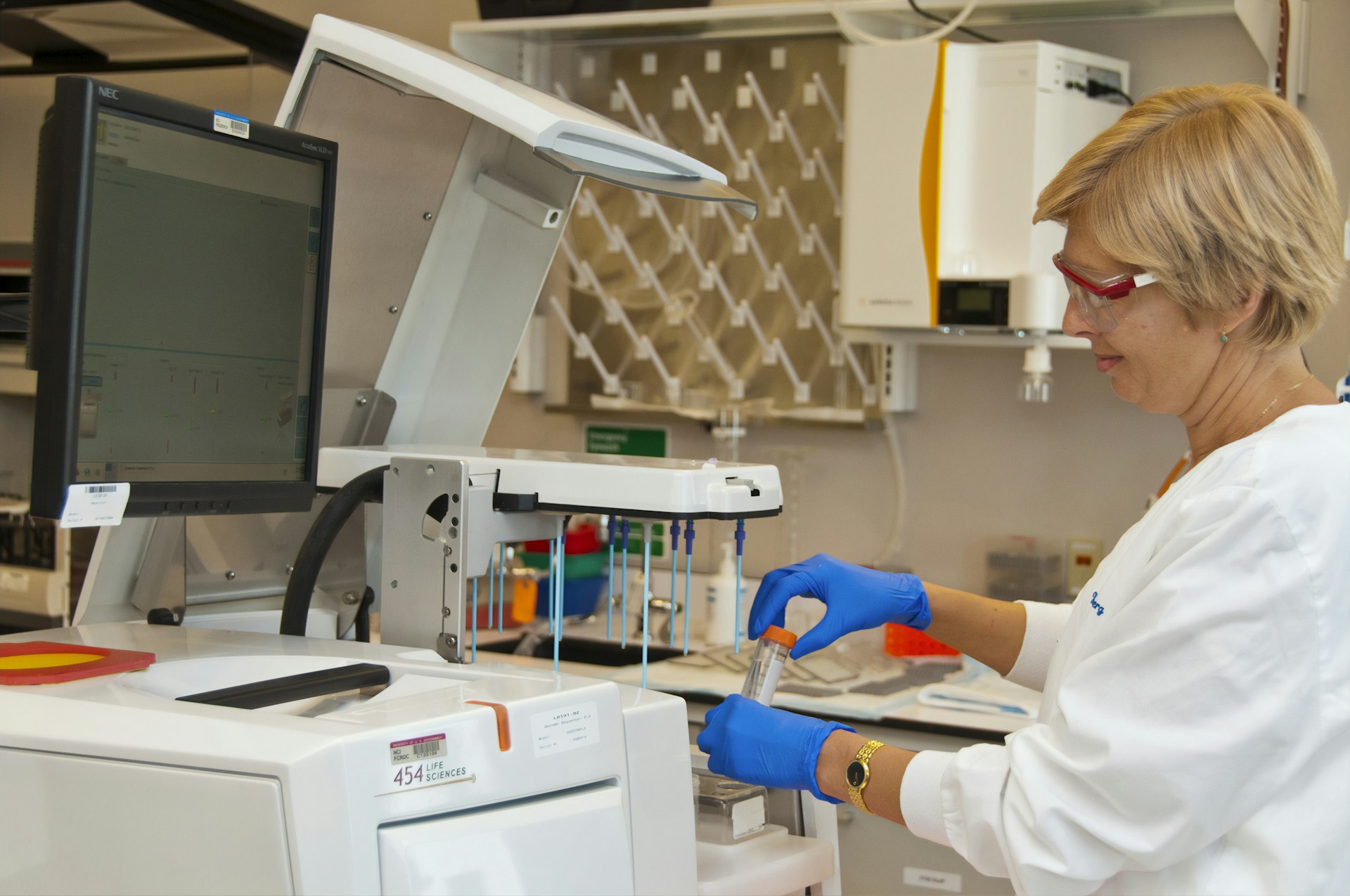Nanorobotics: Transforming the Future of Targeted Drug Delivery

Photo by BoliviaInteligente on Unsplash
Introduction: The Next Leap in Drug Delivery
Healthcare is continuously evolving, and nanorobotics stands at the forefront of this transformation. These microscopic machines, ranging from 1-100 nanometers, promise to revolutionize how medications are delivered in the body. Their primary advantage is targeted drug delivery : the precise transport and release of therapeutic agents directly to diseased tissues, minimizing harm to healthy cells and reducing side effects. As chronic diseases become more prevalent, the need for more effective and less invasive therapies grows, positioning nanorobotics as a vital technology for the future of medicine [1] .
What is Nanorobotics in Drug Delivery?
Nanorobotics refers to the design, manufacture, and application of nanoscale devices that can perform complex tasks in biological environments. In drug delivery, these robots are engineered to carry and deploy drugs at specific locations in the body. Unlike conventional drug carriers, nanorobots can navigate through biological barriers, recognize disease markers, and release medication only at the desired site. This approach not only boosts therapeutic efficacy but also reduces the risk of systemic toxicity [5] .
Real-World Applications and Case Studies
One of the most promising applications of nanorobotics is in cancer therapy . Traditional chemotherapy often harms healthy cells, leading to severe side effects. Nanorobots can be programmed to seek out and deliver drugs exclusively to tumor cells, thereby improving outcomes and patient quality of life. For example, researchers have developed DNA-origami nanorobots that selectively release chemotherapy agents in mice, showing significant anti-tumor efficacy [2] .
In addition, nanorobots are being explored for the treatment of cardiovascular diseases, infections, and neurological disorders. Their ability to cross the blood-brain barrier opens new possibilities for treating brain cancers and neurodegenerative diseases. Furthermore, nanorobots can integrate diagnostic functions, providing real-time data on disease progression and enabling adaptive dosing [3] .
Technological Advancements Driving Growth
Several technological advances are accelerating the adoption of nanorobotics in drug delivery:
- Biochips : These devices enhance precision in drug release, especially in oncology and personalized medicine. They are expected to dominate the market due to their integration with diagnostics and targeted therapy [1] .
- Artificial Intelligence (AI) : AI assists in designing smarter nanorobots, enabling predictive modeling, stimuli-responsive drug release, and real-time monitoring for adaptive treatment [2] .
- Smart, Stimuli-Responsive Platforms : Nanorobots can be engineered to respond to physiological triggers-such as changes in pH or temperature-releasing drugs only in diseased environments and maximizing therapeutic impact [3] .
Researchers continue to develop new nanocarriers, such as liposomes, polymeric nanoparticles, dendrimers, and quantum dots, each with unique properties for overcoming biological barriers and improving drug bioavailability [3] .
Market Trends and Future Outlook
The global nanorobotics for targeted drug delivery market is projected to grow at a compound annual growth rate (CAGR) of 29.4% from 2025 to 2032. North America leads the market, driven by robust R&D and healthcare infrastructure; meanwhile, the Asia-Pacific region is the fastest-growing due to rising healthcare investments and access to advanced medical treatments [1] .

Photo by CDC on Unsplash
Industry experts predict that nanorobotics will play a crucial role in the next generation of personalized medicine, especially as global demand for targeted therapies continues to rise. Government initiatives and funding programs are supporting innovation, and many manufacturers are investing heavily in research and development [2] .
Challenges and Solutions
Despite the promise, nanorobotics in drug delivery faces several challenges:
- Toxicity and Safety : Ensuring that nanorobots are biocompatible and safe for long-term use remains a priority. Regulatory agencies continue to evaluate new materials and designs for potential risks [3] .
- Manufacturing Scalability : Producing nanorobots at scale with consistent quality and affordability is complex. Advances in automated, high-throughput manufacturing may help overcome this barrier in the coming years.
- Regulatory Hurdles : Bringing nanorobotic therapies to market requires navigating evolving regulatory frameworks. Collaboration between researchers, industry, and agencies is critical for clinical translation.
To address these obstacles, interdisciplinary partnerships between engineers, biologists, chemists, and clinicians are essential. Ongoing research focuses on improving the safety, efficiency, and scalability of nanorobotic systems.
How to Access Emerging Nanorobotic Drug Delivery Solutions
As nanorobotic therapies advance from laboratory to clinic, patients and healthcare providers may want to explore these emerging options. Here’s how you can stay informed and potentially access these cutting-edge treatments:
- Consult with Medical Specialists : If you or a loved one faces a chronic or hard-to-treat condition, speak with a specialist in oncology, neurology, or internal medicine. These professionals can provide insights on the latest therapies and clinical trials.
- Search for Clinical Trials : Many nanorobotic drug delivery systems are currently being evaluated in clinical studies. To find active clinical trials, visit the official U.S. National Institutes of Health clinical trials database by searching for “clinicaltrials.gov” and entering keywords such as “nanorobotics drug delivery” or “nanomedicine”. You can also ask your healthcare provider for assistance in identifying appropriate studies.
- Engage with Academic Medical Centers : Leading research hospitals and universities are often at the forefront of nanomedicine innovation. Contact the research departments at top medical centers to inquire about current research and patient eligibility for experimental treatments.
- Monitor Regulatory Approvals : The U.S. Food and Drug Administration (FDA) regularly updates its database of approved drugs and devices. Visit the FDA’s official website and search for “nanotechnology drug delivery” to track new approvals or pending applications.
- Leverage Patient Advocacy Groups : Many disease-specific organizations provide updates on the latest treatment options, including investigational therapies. These groups may offer support in navigating access to clinical trials or experimental drugs.
When seeking new therapies, always verify the legitimacy of the program or trial and consult with a trusted healthcare professional before enrolling. For more detailed regulatory information, you can visit the FDA’s official website or contact relevant government agencies for guidance.
Alternative Approaches and Future Possibilities
For those unable to access nanorobotic treatments, several alternative targeted drug delivery systems are already available or in late-stage development. These include nanocarriers like liposomes, dendrimers, and polymeric nanoparticles, widely used in oncology and other fields [3] . Consult with your medical provider about currently approved options and emerging technologies best suited to your condition.
Looking ahead, experts anticipate that continued advances in AI, robotics, and materials science will unlock even more sophisticated nanorobotic platforms. These could offer multi-functional capabilities, such as real-time imaging, adaptive dosing, and integration with smart medical devices, ultimately transforming the landscape of personalized medicine [4] .
Key Takeaways
Nanorobotics is poised to redefine targeted drug delivery, offering the potential for more precise, effective, and safer treatments. While challenges remain, the rapid pace of innovation suggests that these technologies could soon become part of mainstream medical care. To stay updated, consult with specialists, monitor clinical trial registries, and engage with reputable healthcare institutions and regulatory agencies.
References
- [1] Data Bridge Market Research (2025). Nanorobotics for Targeted Drug Delivery Market Analysis.
- [2] BioSpace (2024). Nanotechnology Drug Delivery Market Size to Reach USD 228.82 Billion by 2032.
- [3] International Journal of Biomedical Science and Engineering (2025). The Advancements of Nanobiotechnology in Novel Drug Delivery Systems.
- [4] Kong, X. (2023). Advances of medical nanorobots for future cancer treatments. PMC.
- [5] Journal of Neonatal Surgery (2025). A Futuristic Approach to Drug Delivery and Therapeutics.
MORE FROM cheerdeal.com













